Rabindranath Tagore’s visit to Hyderabad: When poetry triumphed over politics

The September 17th anniversary of the ‘Police Action’, which led to the integration of the princely state of Hyderabad in 1948, has become increasingly contentious with selective use of history by political parties to further their current polarising agenda. Lost in the din is nuance and context which allows us to see the complex socio-political reality behind the binaries. There were many instances where the contending groups came together and cooperated. Similarly, there were many figures of the nationalist movement who were universally admired in Hyderabad.
This article focuses on one such instance by showing how individuals can rise above the divides and be a force for unity and cooperation. It also demonstrates that the Hyderabadi society of the 1930s and 1940s was in flux when multiple visions of the future were being debated and discussed. It also challenges the simplistic attempts at communal characterisation of historical figures for contemporary gains.
The 1930s were eventful years in the history of Hyderabad with a relative increase, as compared to the rest of the subcontinent, in communal mobilisation and intense debates about the princely state’s future. This marked the early beginnings of polarisation of the population on communal and ideological lines. Fissures in the Muslim community between nationalists and those who wanted to maintain the status quo also began to appear. However, contentious politics was not the only thing on the minds of Hyderabadis. There was a thriving cultural scene in the state where Hyderabadis of all persuasions came together. Their love for poetry and Mushairas led them to admire and celebrate poets and persons across religious and linguistic divides. The arrival of Rabindranath Tagore in Hyderabad city in 1933 clearly demonstrated this admiration.
The poet was not unfamiliar in the Nizam’s dominions. His institutions, Visva Bharati and Santiniketan, received generous donations from the Nizam. The latter had donated Rs1 lakh for the construction of a hostel in Santiniketan in 1933. Therefore, when Mehdi Nawaz Jung, secretary to the Nizam’s Executive Council, invited Tagore to come to Hyderabad the same year, he accepted with alacrity.
The poet, in his flowing beard and robes, became a magnet for the intellectual classes of Hyderabad. He was widely feted at ‘at-homes’ and other events organised by various individuals and cultural organisations. He stayed at Kohistan, the Banjara Hills residence of Mehdi Nawaz Jung. Impressed by its sylvan surroundings, he wrote a poem of the same name.
One memorable event from that visit was an ‘at-home’ organised at Finance Minister Amin Jung’s residence, which was attended by a large number of the city’s Muslim elites. Both Tagore and Amin Jung sported long beards. Their beards grazed each other as the two embraced sparking witty comments from the attendees.
The Prime Minister Maharaja Kishen Pershad, ever the consummate poet and an embodiment of the courtly culture of Hyderabad, composed the following couplet on the spot:
Mehfil mein hain aaj jama do saheb e resh
Donon dilshad aur donon dilresh
(Assembled today are two bearded gentlemen
Both of them cheerful, both have wounded hearts)
The Maharaja had used a clever pun as resh indicated both beard and a wound.
Amjad Hyderabadi, the people’s poet of Hyderabad known for his simple poetic style with deep philosophical meanings, was also in attendance and added two verses to complete the quatrain:
In donon ki mukhtasar si ta’reef ye ḥai
Darwīsh parast aik, aik hai darwīsh
(Here is the introduction to these two personages,
One is a devotee of mystics and the other is a mystic)
Nawab Bahadur Yar Jung, the leader of the Majlis Ittehadul Muslimeen, was also invited and delivered a short speech. Recounting the event in a eulogy upon Tagore’s death in 1941, Bahadur Yar Jung said that the poet had wanted to hear a good orator in Urdu and his name was recommended by Sarojini Naidu and others. According to one version, Sarojini Naidu apparently told Tagore, “You haven’t seen Hyderabad yet if you haven’t met Bahadur Yar Jung.”
Bahadur Yar Jung, who was one of the finest Urdu orators of that era and one who never had to prepare his speeches, writes that he had to especially draft and practice his speech for that occasion. The Nobel Laureate appreciated his speech and suggested that with practice he could be a great speaker in any language, including English.
The admiration between the two was mutual. In his eulogy for Tagore in 1941, Bahadur Yar Jung said that Tagore was not any ordinary poet but a true student of nature who unveils its mysteries for the masses.
He compared the Urdu poetry of Muhammad Iqbal with that of Tagore and said both had the same goal even though their emphases were different. The former’s poetry was that of action: Iqbal awakened the sleeping masses, urged the awakened to stand up, motivated the standing to walk, and pushed the walking to run.
In contrast, Tagore’s poetry was that of love and peace. In eloquent Hindustani, Bahadur Yar Jung said:
(Tagore) nai aman aur shanti ka raag alaapa, kapaṭ ki chita mein jalnai walon ko prem jal ke chinṭe diye. Aur dunīa ko dekhnai aur sunnai walon ke liyai aik mujassam naġhma bana gaya.
(Tagore sang the melody of peace, sprinkled the water of love on those burning in the fire of deceit, and left an embodied song for those who wanted to hear and see the world.)
He opined that Tagore’s poetry resonated in the West more than that of Iqbal’s as it was tired of the wars and rivalries and was ‘hungry for a message of peace’.
Turning to Indian politics, Bahadur Yar Jung wished that people like Tagore should have led the country: Communal organisations would not have emerged in the country if only Hindustan’s political reins were in the hands of sincere and principled patriots like Tagore. Alas, if only the leaders of the big communities walk in the footsteps of Tagore and allay the fears of the smaller communities.
Bahadur Yar Jung mentioned his two-day visit to Santiniketan where he saw first-hand Tagore’s vision in action. He admiringly talked about the classes under the trees, the library, the frescoes displaying the glory of Indian civilization and the sculptures. This is notable given that Bahadur Yar Jung had at one time expressed his disapproval of sculpture to the Director of the Hyderabad Fine Arts Academy in a letter, stating that such arts are not in consonance with Hyderabadi culture, where even the sculptures of kings are not made.
The Tagore memorial where Bahadur Yar Jung delivered his eulogy was presided over by Sarojini Naidu. The transcript of his speech was published as ‘Ah! Gurudev’ (Sigh! Gurudev) in all the Urdu newspapers of Hyderabad the next day.
The public commemoration of Tagore’s death evoked the memory of three years earlier when Maharaja Kishen Pershad had led Hyderabadis in mourning the passing of that other poet, Muhammad Iqbal.
A thorough reading of lives and letters will also reveal the multi-dimensional personalities of the leaders of that era. For instance, Bahadur Yar Jung appears as the ‘son’ of Sarojini Naidu, ‘friend’ of Mahatma Gandhi and an admirer of Rabindranath Tagore.
These long forgotten episodes in Hyderabad’s history show that there were and are opportunities for individuals and communities to overcome their divisions even in times of intense polarisation and conflict. What is needed are unifying figures like Tagore, Iqbal, Maharaja Kishen Pershad, Amjad Hyderabadi and Sarojini Naidu. Or in other words, more poetry and less politics. The idea of the Urdu Mushaira as a site where people from different backgrounds come together for their love of poetry needs to be revived.
This article was first published in The Newsminute as a part of the Deccan series.
Related Articles

Has Rap Found its Home in the Deccan?
The Deccan is a place of unlikely arrivals and departures – cultural practices from every possible region of the world have found home here and gotten reinterpreted and gifted back to other regions. One such recent arrival is hip hop from Black and Hispanic...
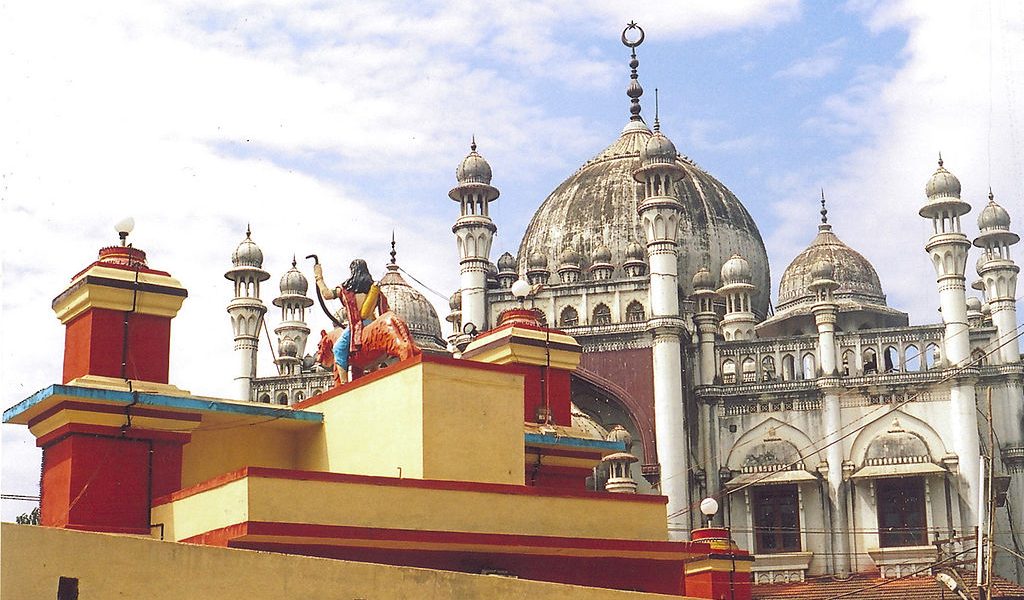
A God, A Pirate and the Birth of a New Urban Religion in the Deccan
Who was Vavar? There are many strands to this story.

The After-Lives of Historical Figures in the ‘Pan-Indian’ Telugu Film
Contemporary film history of the Telugu people has at least one instance of a hyper masculine superhuman celluloid figure that appears time after time to establish territorial order: Alluri Sitarama Raju. The source for this celluloid figure was the leader of what...
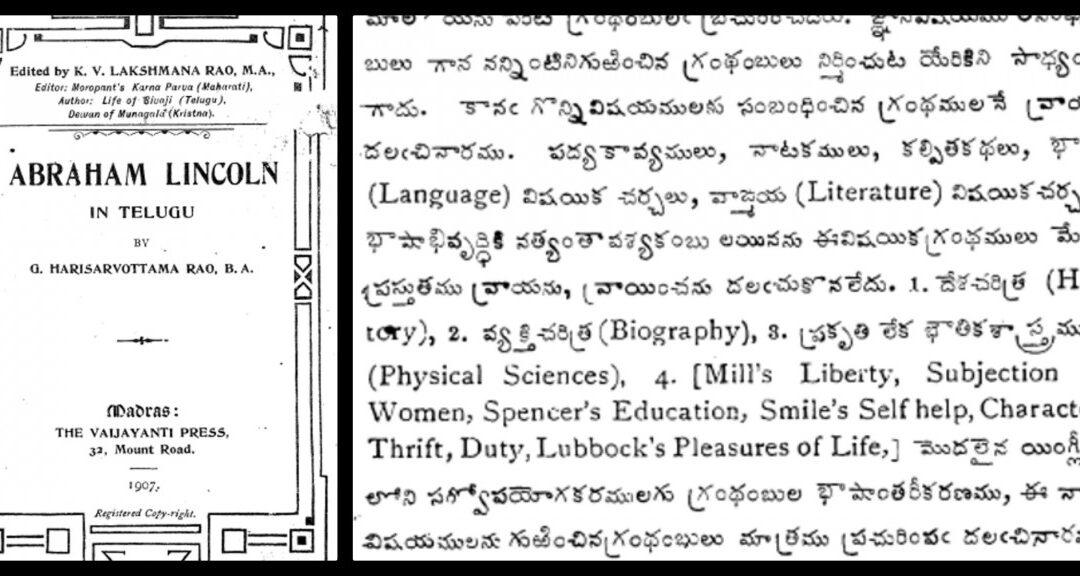
Telugu Modernity and the Curious Case of Enlightened Privilege
In 1907, Vijnana Chandrika Mandali, a Telugu publishing house, began their operations with the goal to ‘improve Telugu literature’.
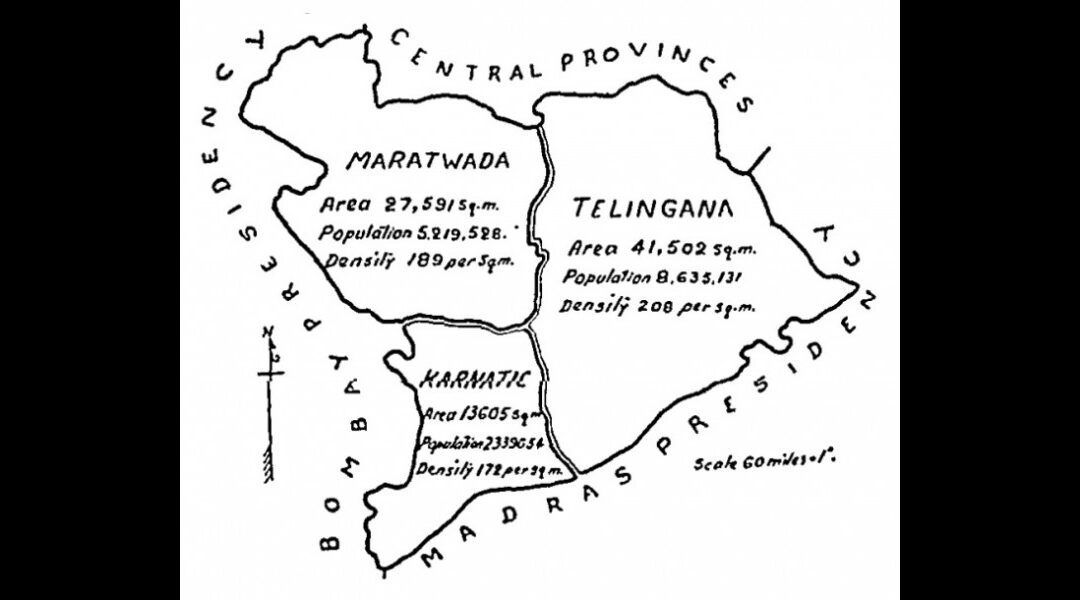
The Mulki and the Mulk: How Belonging Is Layered in the Deccan
The categories of Mulki and non-Mulki began to appear on the Hyderabadi political scene from the mid-19th century onwards as a response to the influx of Urdu-speaking North Indians being recruited into the state administration.

The Uncanny Sisterhood of Deccan’s Languages
‘Pora khaalli? (Have the children eaten?)’ These are two utterances in Marathi spoken in Osmanabad and Solapur districts. But a speaker of Marathi from the central or western parts of Maharashtra may be perplexed at what is being asked of them. Is ‘Kaa karlaalaav’ the...
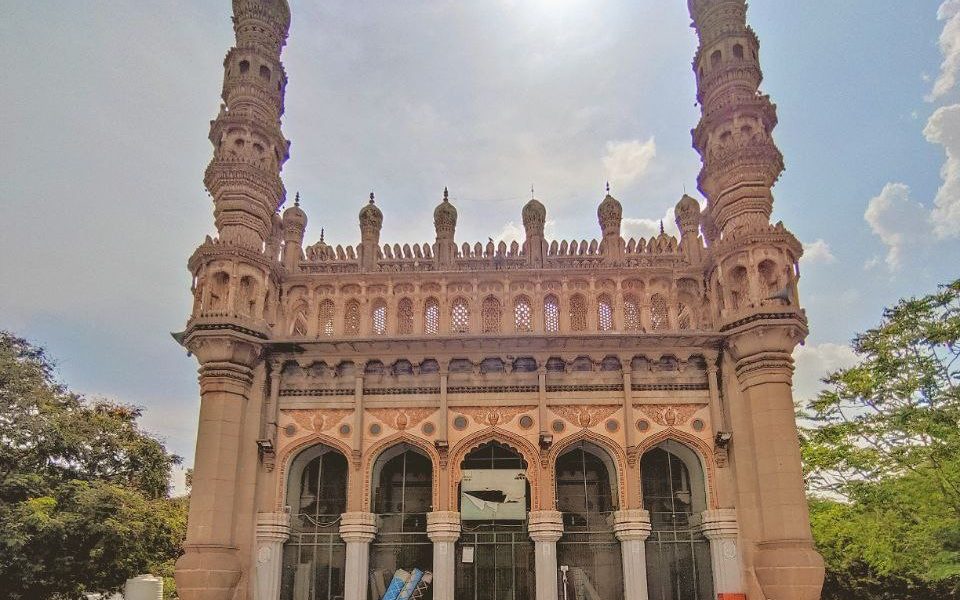
Deccani Identity: Instrumental Logic or Deep Love of Land?
The diverse ways in which the Deccani identity is invoked in textual sources and oral traditions indicate that newcomers to the Deccan adapted to the ways of the land, developed strong affinities to local landscapes, and adopted cultural practices and markers.
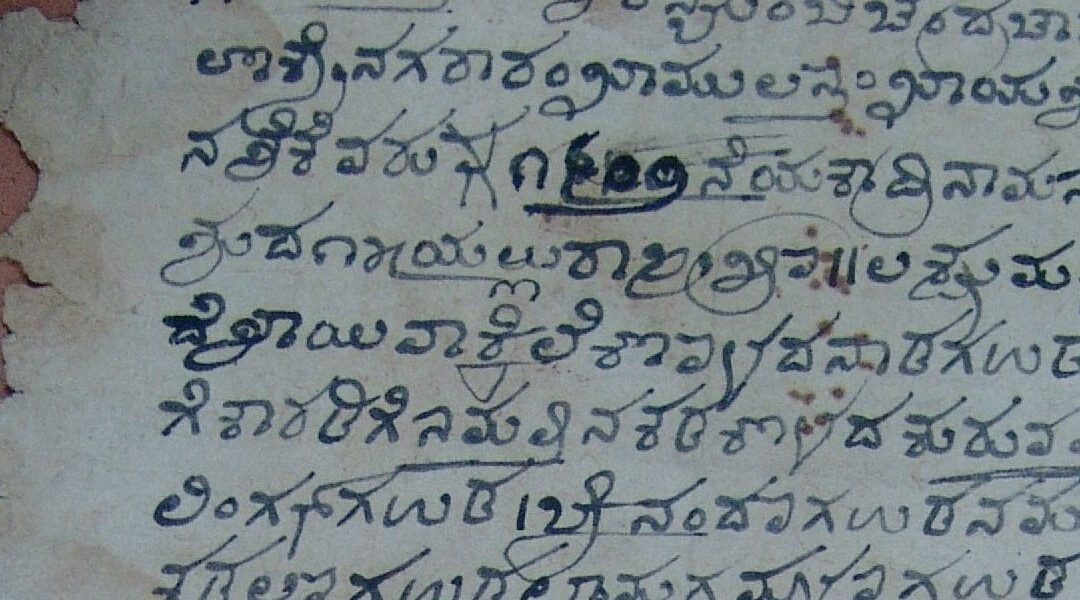
What an 18th-Century Sale Deed Reveals About Language and Territory in the Deccan
The documents hint at more give-and-take in the scribal environment than the one-way “imperial” narrative premised on modern mono-linguistic identities.
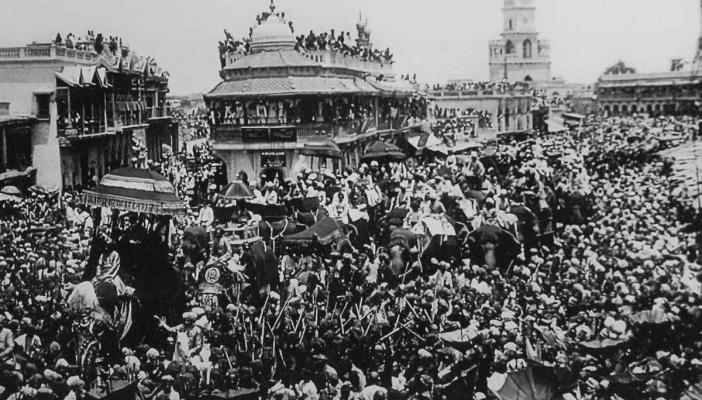
Afterword: Who does the Deccan belong to?
On September 17, 1948, more than a year after India became independent, the Hyderabad–Deccan state was integrated into the new Indian nation-state ruled from Delhi. This event, celebrated by some as “liberation,” set in motion decisive processes of integration,...
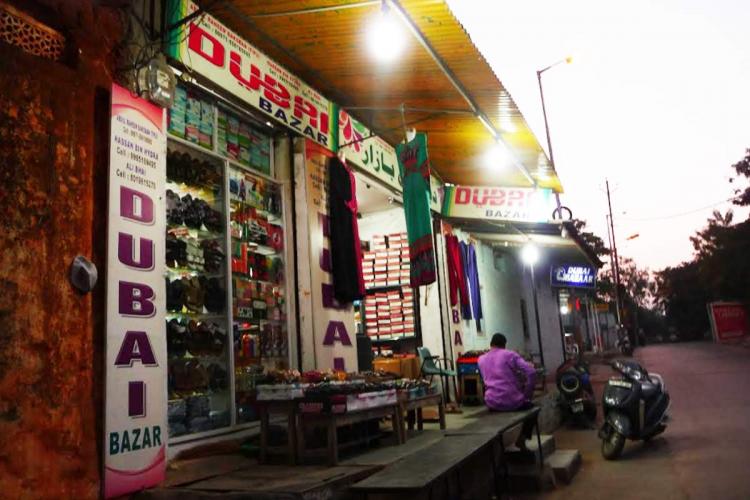
Hyderabad’s distinct Chaush community has roots in Yemen
At a time when Muslims in India are constantly asked to display their nationalism and explain their choices of food, love and profession, it is important to remember that identity is not a monolith. It is historically constructed and multidimensional. Neither can it...
